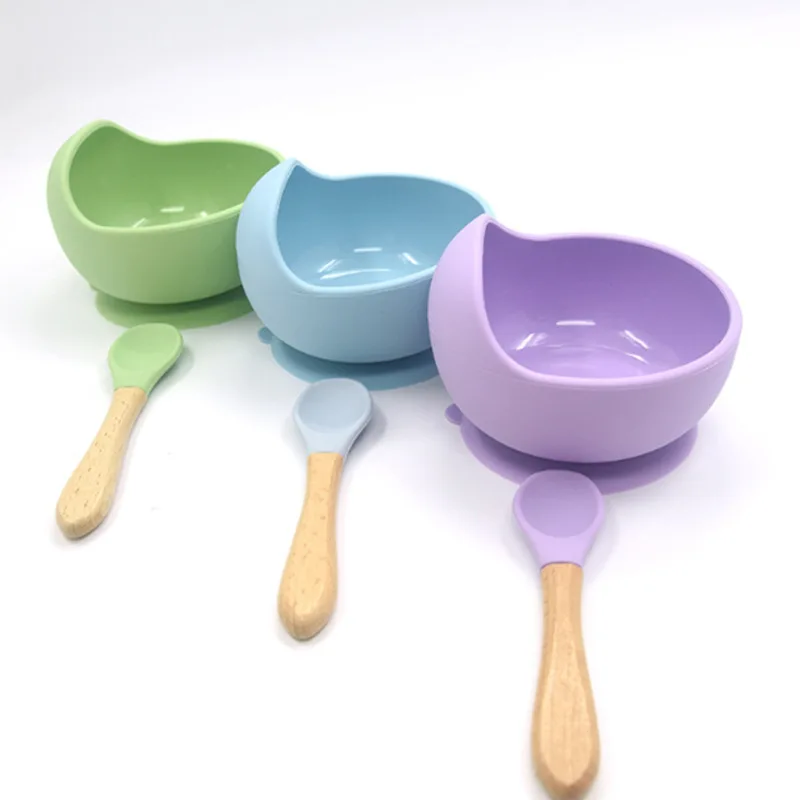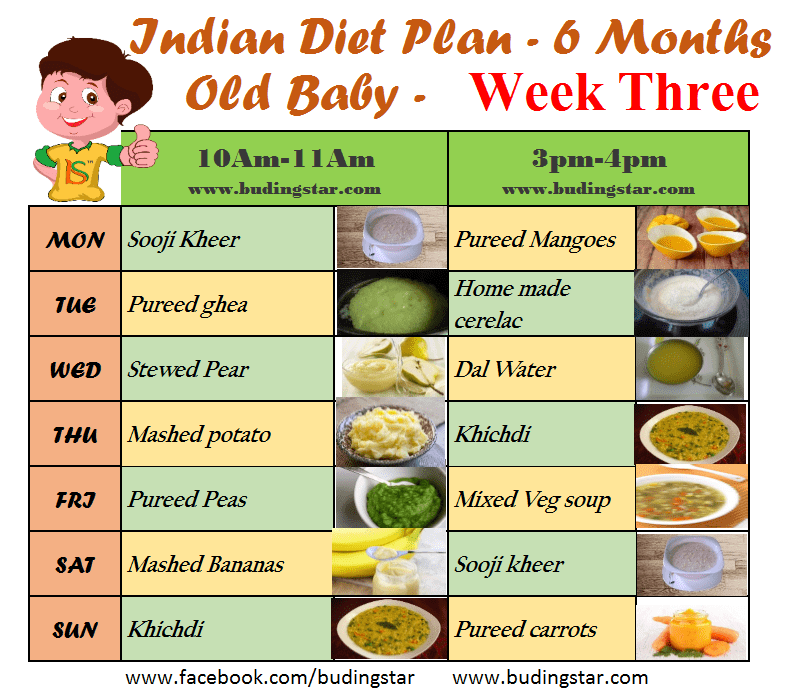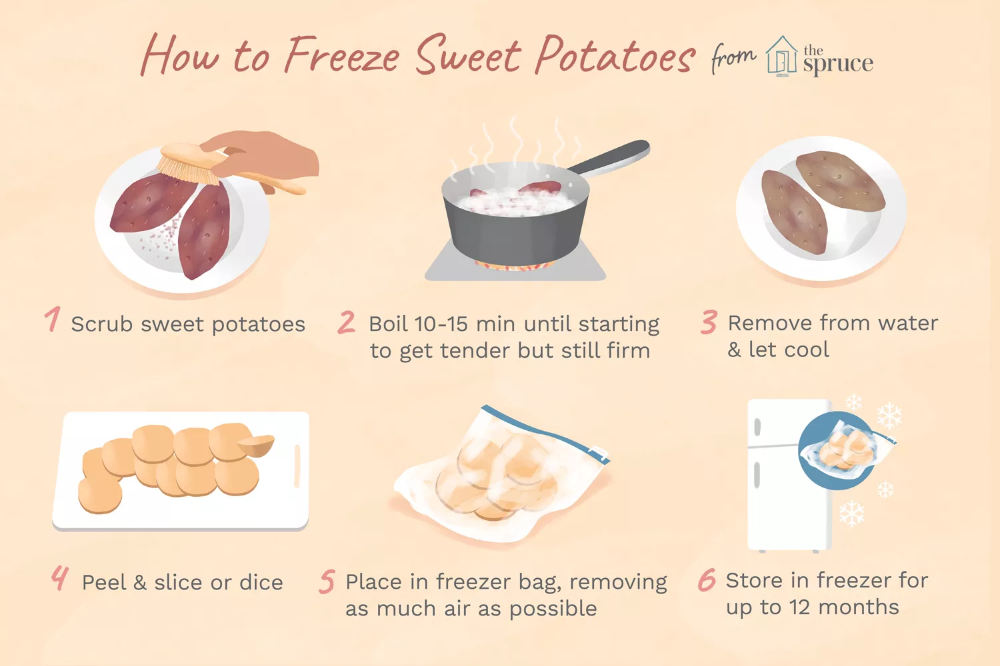Baby not satisfied after feeding
Baby Never Satisfied After Breastfeeding
Your baby is never satisfied after breastfeeding, despite frequent and long nursing sessions. Learn 4 reasons why (and how to change it).
My newborn would nurse for hours if I had let him.
I’d breastfeed for 20 minutes on each side, but he’d start rooting again only minutes after latching him off. He always seemed hungry, practically eating and waking up every hour, and would cry even though I had just fed him. Sometimes I felt like I shouldn’t even bother with a shirt because I was nursing so often.
I couldn’t imagine how he was already hungry minutes after eating. Sure, he had plenty of wet diapers and was gaining weight just fine, but he never seemed satisfied after breastfeeding. He would sometimes doze off, but he’d often cry after I’d put him down.
I worried he wasn’t getting enough breastmilk, especially since I couldn’t exactly measure how much he was drinking. When he was given a bottle of pumped milk, he’d guzzle it down and fall asleep quickly, seeming so much more settled that way.
When your baby is never satisfied after breastfeeding
The worst experience as a mom to a newborn is feeling like you’re alone.
That you’re the only one who feels stuck nursing a baby who’s rarely relaxed or sleepy after feedings. You might take him off the breast after he has fallen asleep, but he just wakes up screaming within a minute. But as soon as you put him back on the breast, he’s fine once again.
As much as you love the bonding experience, you can’t help but feel resentful of how little time you get to yourself anymore. Couple that with worries about weight gain and producing milk, and breastfeeding has been challenging.
I can relate, mama.
And thankfully, I learned that there are reasons why your baby never seems satisfied after breastfeeding. These reasons reassured me that I wasn’t doing anything “wrong,” that most of these behaviors weren’t worrisome.
And more importantly, I realized I could make simple changes to help my baby feel satisfied, not fussy, after feedings. I hope you find this article reassuring, as one parent wrote:
“Thank you for writing this article. It was an answer to my prayers! I started reading this in the middle of the night as I frustratingly nursed my newborn yet again and started to feel my mental/emotional stability lean downhill. You somehow wrote my exact thoughts and feelings. I love the real, practical advice. It really helped me find hope and camaraderie in these sensitive postpartum weeks.” -Aliese
Take a look at these reasons, and what you can do about each one:
1. Your baby is not actually eating
I didn’t realize until much later that the constant need to suckle doesn’t necessarily signal hunger. I assumed that my baby needed to nurse because he was hungry, not because he was soothed by the sucking motion of nursing.
Comfort nursing isn’t bad—many moms love being able to soothe a fussy baby and bonding at the same time.
But if, say, your nipples are taking a beating or you desperately need a break, rest assured that your baby might be nursing for comfort, not hunger.
If that’s the case, try to keep him awake while he nurses. Change positions, burp often, take a break, even change his diaper. This will keep him from dozing off when he’s supposed to be eating.
How do you know he’s actually eating? Check his throat—if he were truly swallowing, you’d see movement around his throat, indicating that the milk is going down. You can also listen for a gulping sound—again, a sign that he’s taking in milk, not just moving his mouth.
And if he takes to it, see if he’ll be happy with a pacifier. He may simply want to be soothed to sleep through a sucking motion. You might try to sneak a pacifier in as he’s dozing off on the breast, or offer it as he’s starting to get fussy.
Free email challenge: Feeling stuck in motherhood? Sign up for the Motherhood Motivation 5-Day Challenge! You’ll get one actionable tip a day that will make you think (and act) about motherhood differently:
2.
 Your baby is going through a growth spurt
Your baby is going through a growth spurtBabies go through so many changes in the first few months than at any other time of their lives. They’ve also got tiny stomachs and immature digestive systems exactly at this age. Combine the two, and no wonder your baby never seems satisfied after breastfeeding.
Frequent feedings stimulate and increase your milk supply, far better than a pump could. Don’t see it as a hassle, but an opportunity—a strategy—to ensure you’re producing enough milk.
At this stage, feed on demand as much as possible. Our pediatrician told us that the biggest reason babies cry is because of hunger—i’s rarely that their clothes are itchy or that the room is too cold. For now, follow your baby’s lead and feed when he’s hungry.
Learn how to increase your milk supply.
3. You forget that fussiness is normal
Sometimes, we simply have to remember that fussiness is normal during the newborn stage. This is when babies cry the most, have crazy gas issues, and seem to be the most inconsolable.
Just because your baby used to sleep in three-hour stretches, doesn’t mean he won’t ever have a rough night again. Speak to any newborn mom, and she’ll tell you at least one episode when her baby cried and felt extra needy.
If you suspect issues with gas, try tricks like bicycle kicks, pushing his knees to his chest, or massaging his tummy. You might feed him after waking up so he has more opportunities to stay upright after eating.
This is also the time when he’ll be most attached to your breast, whether out of hunger or comfort. Any time you feel like things should be better by now, know that progress goes up and down, even if the general trend is going up. You’ll hit dips even as life continues to improve overall.
And should you truly feel concerned, reach out to a lactation consultant or find a support group like La Leche League. They can evaluate for particular issues that could be making breastfeeding more difficult than it needs to be.
Check out newborn tips and tricks new moms should know.
4. You’ve painted a negative picture
No one is going to argue that caring for a newborn is hard work. As a first-time mom, these first few weeks and months will likely be some of the most challenging moments in your life.
And yet, despite those challenges, a glimmer of joy can still be found. Try to make the experience a positive one, given your circumstances.
Maybe you’ll see these nursing sessions as an excuse to binge watch television, listen to podcasts, catch up on reading, or simply to rest. Grab magazines, DVDs, a reusable water bottle, and snacks to keep you comfortable.
You can also remind yourself that these moments are temporary. Now, when you’re with a newborn, every week, even every day, can feel like forever, so I understand that “temporary” is relative. But know that however challenging frequent nursing is, it won’t always be this way.
Learn hope to stop your baby from snacking on the breast.
Conclusion
It can be hard to tell if your baby is satisfied with breastfeeding, especially when he still seems hungry after feedings. Hopefully you’ve seen four compelling reasons why he never seems full, and what you can do about it.
For one thing, he may not be actually eating, especially if he uses nursing to soothe himself to sleep. If he is, then a growth spurt could be contributing to his constant nursing.
The other two reasons have more to do with us, the parents. We forget that babies do tend to fuss and cry at this stage. And sometimes, our very own stories that we tell ourselves depict it as a negative experience when it could very well be a positive one.
Your baby will eventually feel satisfied after breastfeeding, and that, yes, you can bother with keeping a shirt on after a while.
Get more tips:
- Is Your Baby Nursing for an Hour and STILL Hungry?
- 6 Ways to Handle Your Newborn Constantly Feeding
- When Does Breastfeeding Finally Stop Hurting?
- Burping a Newborn After Breastfeeding: Necessary or Not?
- When Breastfeeding Hurts (Even with a Good Latch)
Free email challenge: Feeling stuck in motherhood? Want to enjoy raising your kids again? Sign up for the Motherhood Motivation 5-Day Challenge! You’ll get one actionable tip a day that will make you think (and act) about motherhood differently:
Signs baby isn’t getting enough breastmilk
Every parent wants to do everything they can to help their child grow healthy and strong. And breastfeeding is one of the best things you can do for your baby. But it doesn’t always go smoothly, especially when you’re just starting out. So, you may wonder at some point: Is my baby getting enough breastmilk? How can I tell?
And breastfeeding is one of the best things you can do for your baby. But it doesn’t always go smoothly, especially when you’re just starting out. So, you may wonder at some point: Is my baby getting enough breastmilk? How can I tell?
Try not to worry. We have a team of breastfeeding and lactation experts to help you and your baby work through breastfeeding challenges.
Read on to learn how to tell if baby is getting enough breastmilk, some suggestions to help make sure baby gets enough to eat, and when you should make an appointment with your baby’s doctor or a lactation consultant.
How do I know if my newborn is eating enough?
If you’re exclusively feeding your baby from the breast, rather than pumping to bottle feed, it’s hard to tell exactly how much your baby is eating. Here are six signs your baby is getting enough breastmilk.
1. Baby is feeding regularly
Babies breastfeed frequently and often in clusters. Frequent, effective feedings help your baby grow, and help ensure you have enough breastmilk for the next feeding.
During the first two months, expect your baby to nurse 10 to 12 times in a 24-hour period. In the beginning, each breastfeeding session will likely take between 20 to 45 minutes. If you are feeding your baby less than eight times a day, or if the sessions are very short or very long, you should talk to your baby’s doctor.
As your baby grows comfortable with nursing and gets a little older, they’ll be able to get what they need in a shorter amount of time – and with fewer nursing sessions.
2. Baby is swallowing during feeding
When baby first latches onto your breast, they will suck rapidly to get the milk flowing. But once things are going, the sucking will become slower and deeper as they pull the milk into their mouth and swallow.
Watch baby’s jaw for movement and listen for swallowing sounds. If you see baby’s jaw move or hear them swallowing, they’re getting at least some breastmilk.
If baby isn’t getting enough milk, their sucking may not progress to that slower, rhythmic pulling. Baby may also fall asleep at the breast, take long breaks while breastfeeding or give up within a couple minutes.
Baby may also fall asleep at the breast, take long breaks while breastfeeding or give up within a couple minutes.
3. Baby is content and happy
If your baby seems satisfied after breastfeeding, they’re likely getting enough milk. But if they always want to nurse, it may be a sign that baby is still hungry after breastfeeding – especially if they appear sluggish or they’re losing weight.
4. Your breasts feel softer and not as full after feeding
Your breasts should feel softer at the end of a feeding. Emptying as much milk from your breasts as possible will help create more supply for the next feeding.
If you’re worried about your milk supply or that you’re not eating the right things for breastfeeding, here’s some good news: Nearly all moms produce enough breastmilk to feed baby without any major changes to their diet.
Breastfeeding can be uncomfortable at times, but it shouldn’t be painful. Pain in the breasts or nipples can be cause for concern. So if you are experiencing pain, talk to your baby’s doctor or a lactation consultant about it.
So if you are experiencing pain, talk to your baby’s doctor or a lactation consultant about it.
5. Baby is gaining weight as expected
It’s normal for a newborn’s weight to fluctuate during the first few days of their life. Typically, by day 10, a baby’s weight has rebounded to their birth weight. Until 6 months of age, babies usually gain between 5 and 8 ounces a week. At five months, your baby’s weight should be double what it was at birth.
6. You’re changing a lot of diapers each day
Diaper duty starts small but, before you know it, those diapers pile up.
How many dirty diapers should a newborn have per day? And what about poopy diapers? One thing that’s helpful to remember is that during their first week, your baby will have about the same number of wet and poopy diapers as the days of their life. After that, parents can expect to change eight to 10 diapers each day.
- Day 1: At least one wet and one poop
- Day 2: At least two wets and two poops
- Day 3: At least three wets and three poops
- Day 4: At least four wets and four poops (from this point, poops should be yellowish in color)
- Day 5 and beyond: At least 5-6 wets and 3-4 poops
[Click on the image below to enlarge and view it in a new window]
That’s a lot of dirty diapers! To keep baby’s skin healthy, change them as soon you can and make sure to get into all the folds of baby’s skin when cleaning out the poop.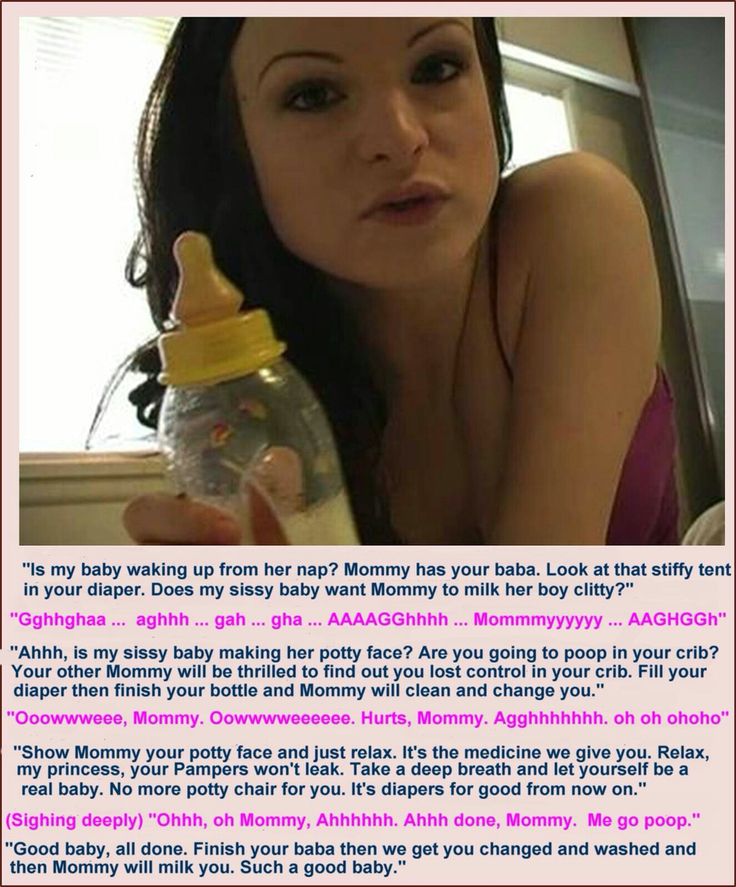
Also pay attention to your little one’s bottom. If you notice redness, bumps or signs of severe diaper rash, talk to your baby’s doctor about what you can do.
How to help your baby feed more effectively
It’s often said that timing is everything. This is certainly true when it comes to breastfeeding sessions, as well as when to introduce bottle feeding and pacifiers.
Watch for cues that your baby is hungry
You can help make sure your baby is eating enough by looking for opportunities to breastfeed, rather than waiting until baby is upset and crying.
If your baby is hungry, they’ll let you know in a variety of ways ranging from subtle suggestions to outright demands. We talk about these in terms of early cues, mid cues and late cues.
Early hunger cues can include stirring from sleep, opening their mouth or turning their head toward your breast when you stroke the corner of their mouth.
If you don’t respond to these early cues, baby has other ways to let you know – which brings us to mid cues.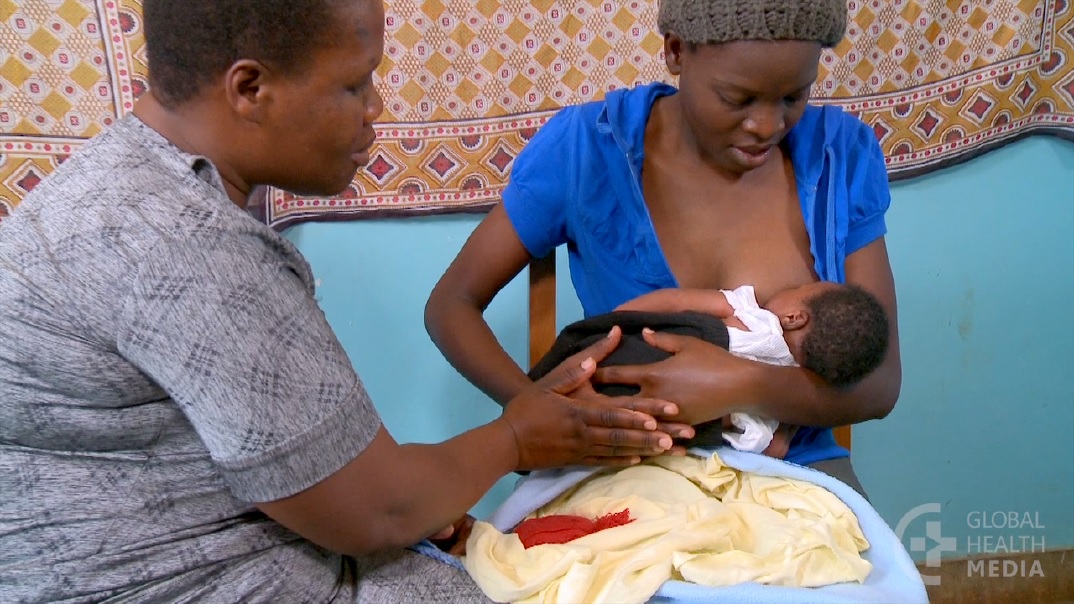 Some common mid cues are stretching, becoming more physically active and bringing their hand to their mouth.
Some common mid cues are stretching, becoming more physically active and bringing their hand to their mouth.
If these mid-cues don’t result in a breastfeeding session, baby will take drastic measures to let you know that they are really, really hungry. They’ll cry and howl. They’ll flail their arms and legs around. They’ll turn red from all the exertion. These are late feeding cues and at this point, baby is often too upset to eat. So, you’ll need to calm them before you can feed them.
By feeding your baby when you see an early cue, you can help keep feedings calm and effective. It’s so much easier for baby to focus on getting enough to eat if they aren’t using all their energy expressing the big emotions they’re feeling.
This poster shows what baby’s feeding cues may look like.
[Click on the image below to enlarge and view it in a new window]
Only introduce a bottle or pacifier when the time is right
Bottles and pacifiers encourage a different type of sucking than breastfeeding. So you’ll want to wait until your little one is fully comfortable with breastfeeding before introducing either.
So you’ll want to wait until your little one is fully comfortable with breastfeeding before introducing either.
Most babies really latch on to breastfeeding by about two to four weeks after their birth. But for some, especially those who were born early, it can be longer.
You also don’t want to wait too long for baby’s first bottle. Introducing a bottle too late can be one reason why babies refuse a bottle. A lactation consultant or your child’s doctor can help you figure out the best way to start the breast to bottle transition.
Pacifiers are great for soothing and a recommendation for safe sleep for babies, but like with the bottle, hold off until baby has gotten really good at breastfeeding – usually about a month.
Signs your baby
isn’t getting enough breastmilkBreastfeeding is a little different for every parent and baby. But there are a few signs baby may not be getting enough to eat to watch for:
- Baby is sluggish or sleeping longer than usual.
 This is especially something to watch for in newborns. Because they are so little, newborns need to eat every 2-4 hours.
This is especially something to watch for in newborns. Because they are so little, newborns need to eat every 2-4 hours. - Feedings are too long or too short. If baby’s not getting enough milk, they may quickly give up on nursing after a couple minutes. Or, they may keep trying for over an hour.
- Latching is really painful for you or it appears that baby hasn’t latched deeply enough.
- Baby is not producing stools or their urine is not pale.
- Baby isn’t gaining weight.
What to do if baby isn’t eating enough breastmilk
If you think your baby isn’t getting enough breastmilk, get breastfeeding support from your baby’s doctor or a lactation consultant. They can help you and your baby work through latching problems, low milk supply and feeding positions, and identify any underlying problems like tongue-tie. Just like you support your baby with breastmilk, they’re here to support you!
Choose a location and call to make an appointment with a lactation consultant
Advice to parents
- Main page
- For the patient
- Recommendations for parents
- Advice to parents
Search:
06/01/2021
More than 3 million childhood injuries are registered annually by medical institutions in Russia. Every eighth child under the age of 18 visits hospitals for injuries.
05/20/2021
From May 12 to May 23 - Survey of citizens on satisfaction with the quality of medical services provided in primary health care
12/14/2020
Mother's milk is the best food for children. Breast milk provides babies with enough energy and virtually all nutrients for the first 6 months of a baby's life. Vitamins D and K are the only exceptions.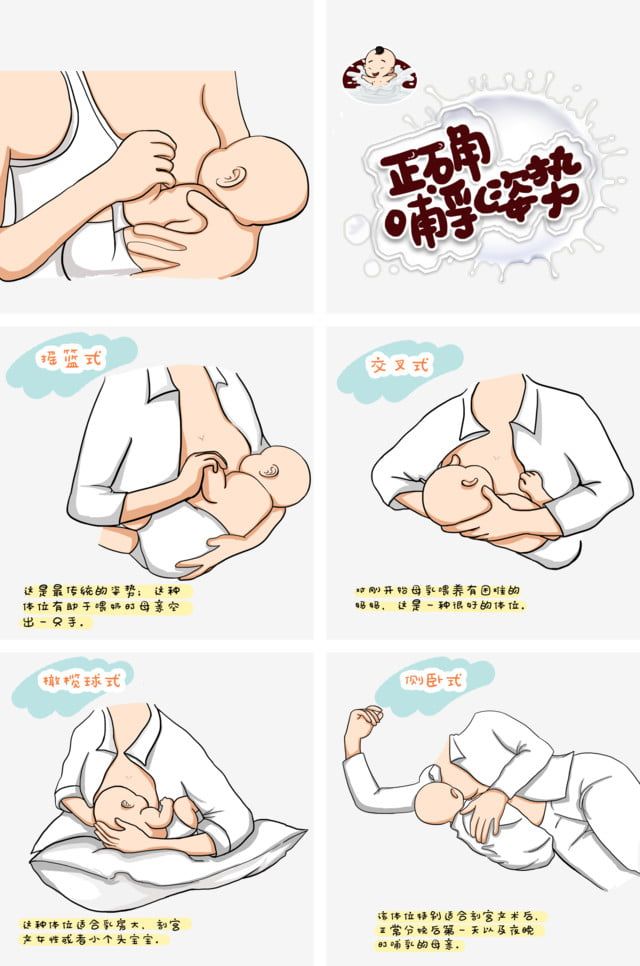 Let's figure it out.
Let's figure it out.
10/14/2020
Scientific studies show that breastfeeding is more beneficial than artificial feeding. There is strong evidence that gastrointestinal infections, otitis media, overweight and high blood pressure are less common in children who have been breastfed.
06/09/2020
Home is the most common place where children are injured. Especially now, when children spend the whole day at home, they are curious, adventurous and do not always understand the consequences of their actions.
06/08/2020
The newborn spends most of the time in the arms of his parents or in his crib.
Feeding and sleep are perhaps the main points for children of this period of life, which should be organized safely.
06/07/2020
Smoking is a serious complex centuries-old problem that causes great damage to the health of not only the smoker himself, but his relatives, friends, colleagues and even just random people. For many years it was thought that there were two types of smoking: active and passive.
06/05/2020
Lyme disease, or tick-borne borreliosis, is a natural focal disease transmitted by ticks, it is characterized by damage to the skin, joints, nervous and cardiovascular systems and often takes a chronic, relapsing course.
28.04.2020
Reproductive health is physical, mental and social well-being. In other words, it is the absence of diseases that affect childbearing, as well as a harmonious state of mind, the ability to independently decide when and how many to give birth to children.
04/08/2020
It's easy for an adult to feel overwhelmed by all the things you've heard about coronavirus disease 2019 (COVID-19) right now. If your kids are also worried, that's understandable too. Children can find it hard to understand what they see online or on TV - or hear from other people - so they may be particularly vulnerable to feelings of anxiety, stress and frustration. offered distance learning. This means that children will learn online, complete tasks using a computer, and also remember to communicate with friends via the Internet.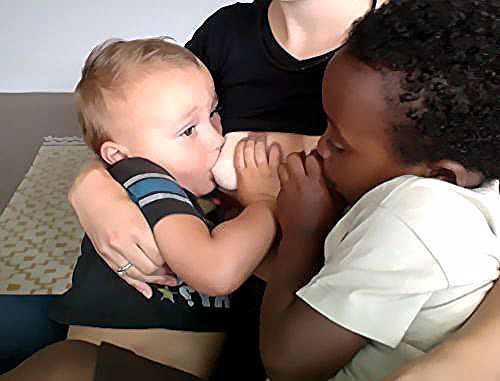 ..
..
04/08/2020
If someone in your family has been diagnosed with coronavirus infection and the illness is mild enough to be treated at home, there are a number of things you can do to reduce your risk of contracting COVID-19 to you and other family members. //
04/08/2020
Breastfeeding protects newborns from disease, and protection continues throughout infancy and childhood. Breastfeeding is especially effective against infectious diseases because it strengthens the immune system through the direct transfer of antibodies from the mother.
03/27/2020
03/26/2020
The symptoms of Covid-19 coronavirus infection are similar to the usual seasonal flu: high body temperature, headache, weakness, cough, shortness of breath, muscle pain, nausea, vomiting, diarrhea.
03/26/2020
1. Why did the new coronavirus appear in China?
A lot of people live in China (according to official data, the population of China at the end of 2019 is 1,404,328,611 people), and Wuhan is a huge “crossroads” of China, all trade routes pass through it.
2. What is the difference between coronavirus and regular flu?
If we are talking about risk groups and symptoms, then they are the same for both diseases. However, there are a number of important differences: the new coronavirus is slightly more contagious than the regular flu. There is currently no vaccine against it.
03/24/2020
03/11/2020
Croup is difficulty in breathing due to constriction of the larynx. In children of the first years of life, false croup occurs quite often, so it is important for parents to have an idea about this disease.
03/10/2020
On March 3, a new “Health Lesson” on the topic “Immunity” was held via videoconferencing, 18 schools of Arkhangelsk and the region took part in it.
Back one 2 3 four 5 More
Why does a baby cry - an article in the newspaper of the EMS clinic "Na Zdorovye"
— The easiest answer to the question about sedatives is definitely: no. Parents should not use painkillers, sedatives, herbal “bye-bye”-fees and other means to calm the baby. In any case, until it was recommended by a neurologist after a comprehensive examination. Giving a sedative to an infant is like hiding your head under a pillow when the alarm goes off: it won't stop time and you'll be late for work anyway. You need to try to understand your baby, make sure that his most basic needs are met, and only then proceed to the exclusion of more complex and rare problems.
Try to remain calm and act only in the interests of the child
Up to three weeks of age, the most common cause of constant crying of a child is simple malnutrition. A common mistake of parents is the desire to stick to the schedule when breastfeeding in the first month of a child's life. A baby can suck out 150 ml of milk in three minutes, or maybe 20 ml in an hour, and a nursing mother is not able to understand how much has been eaten by the sensations of "emptying the breast". With free feeding in the first month, record the dynamics of the baby's weight gain. When feeding on a schedule, conduct a series of control feedings with measurement of body weight before and after feeding, so you can make sure that the amount of one feeding is sufficient. If the baby's crying stops instantly as soon as you give the breast, this is absolutely normal.
What to do if the baby cries even after you have changed the diaper, tried to feed, picked up? If this happens often and the mother does not succeed in calming the child for more than an hour, you should consult a doctor. It is not always obvious to parents, especially good ones, in what order to seek medical help: should I call an ambulance or go to see my pediatrician in a couple of days, or maybe it’s better to grab the child and the CHI policy and rush to the nearest city hospital? Try to remain calm and act only in the interests of the child. Here are some tips to help you.
- If the baby is crying and cannot be calmed for more than two hours, call emergency services.
 Pre-measure the baby's temperature, check for rashes on the baby's body, and remember if there was a stool within the last 12 hours. Also make sure you have enough breast milk for a single feed. Report this information to the emergency services
Pre-measure the baby's temperature, check for rashes on the baby's body, and remember if there was a stool within the last 12 hours. Also make sure you have enough breast milk for a single feed. Report this information to the emergency services - If a child often worries , sleep is short, but there is no monotonous crying-crying for more than two hours, then this can be dealt with on your own, and then with the help of a doctor at a clinic appointment or by calling him at home. The better prepared you are for your consultation, the more productive it will be. Things to do before the consultation:
- Determine breastfeeding volume by three to four checkweighs before and after feeding
- See if there is a connection between baby crying and feeding. When does the child worry and cry - immediately after eating, during feeding, an hour later, etc.?
- Recall the circumstances in which anxiety and frequent crying appeared: vaccinations, errors in the mother's diet, starting to use or changing formula?
- Note accompanying symptoms and their relationship to crying: regurgitation, constipation, frequent stools, flatulence, appearance or increase of skin rash
- Assess the change in stool frequency and consistency
- Observe if restlessness and crying persist after passing stool or flatulence
- Find out if there is an effect when placing a gas tube or a glycerin suppository.

The task of a pediatrician when complaining of frequent and prolonged crying of a child is to determine why the child is crying, whether he has any disorders (including digestive disorders) and what kind they are - functional, that is, this is a conditionally normal condition associated with the growth and development of the body or a reaction to changes in external (primarily nutritional) factors, or it is a pathology that must be suspected, diagnosed and treated.
Three types of crying
Experts say that babies have three types of crying:
- Basic . This is, in fact, a means of communication between the child and others. This cry is intermittent, smooth, the sounds are not sharp.
- Angry . This is how babies cry when they really don't like something or they really want something. In this case, parents may notice how the child's facial expressions change. He roars loudly, confidently, mostly on the exhale.



